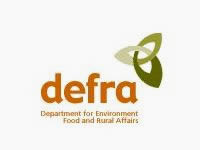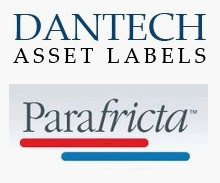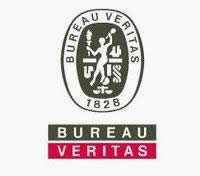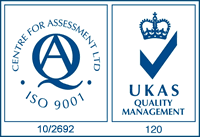Refrigeration Definitions
20/02/2011
There are many scientific and non scientific definitins and therefore exlplantions of refrigeration and the incumbant processes. Below are some of them
Definitions of Refrigeration Part two.
- refrigeration on food safety grounds: ths starts at below 5°C/41°F (or below 3°C/37°F for cooked foods) and it slows the processes of spoilage and rotting, but is not as good for foods with a high water content.
- In its purest term, refrigeration is really the removal of heat from one medium to another by use of inert gas. In the case of refrigerated containers, it is removal of heat from inside the box - the cargo and surrounding air - to outside the box. The inert gas most commonly used is uesd R-12
- Refrigeration - The process of the absorption of heat from one place and its transfer to another location for rejection or recuperation.
- refrigerant - This is a chemical that exudes a refrigerating effect, sometimes emitting compounds that contribute to ozone depletion and global warming.This is part of the process of refrigeration.
- refrigerant substance - This is a chemical used in refrigeration, used to keep substances cool primarily to stop spoilage.
- refrigerant - This is the working fluid used in the refrigeration cycle and is known as the refrigerant. Modern refrigeration systems primarily use fluorinated hydrocarbons that are nonflammable, non-corrosive, nontoxic, and non-explosive. Refrigerants are commonly referred to by their ASHRAE numerical designation.

























